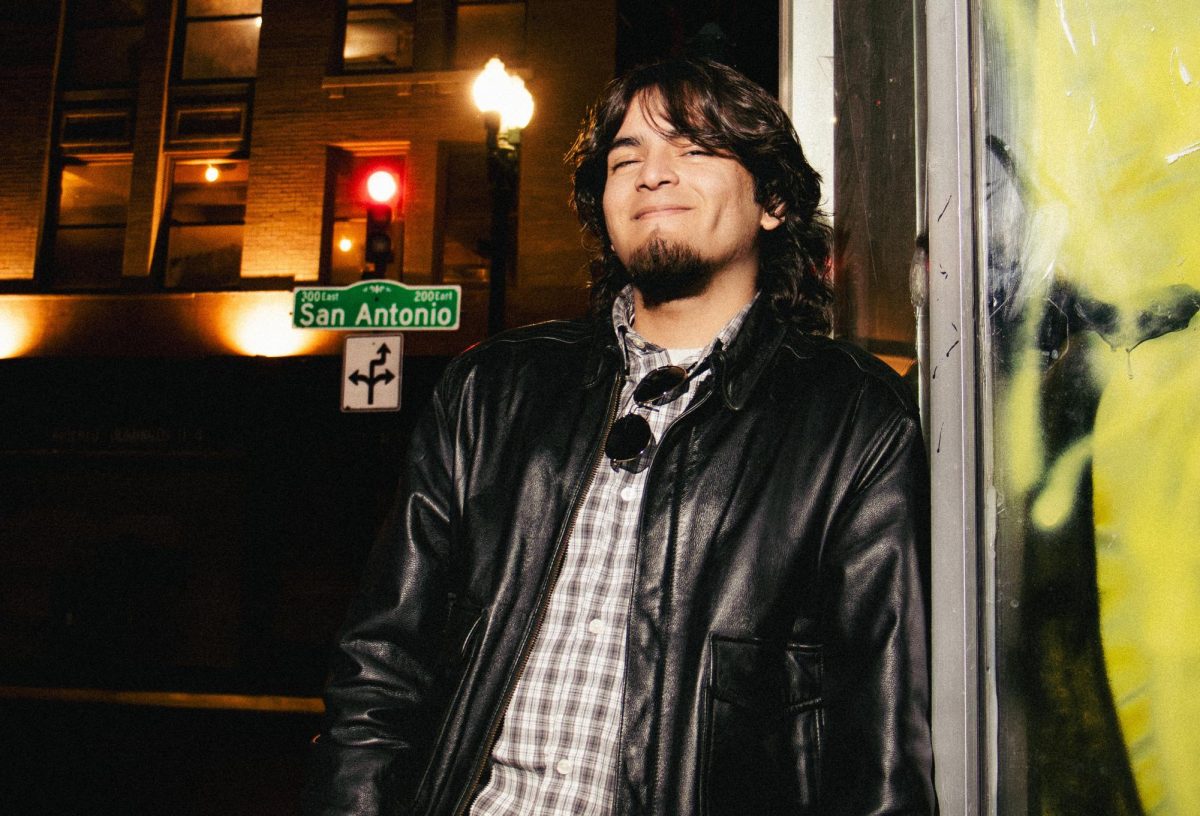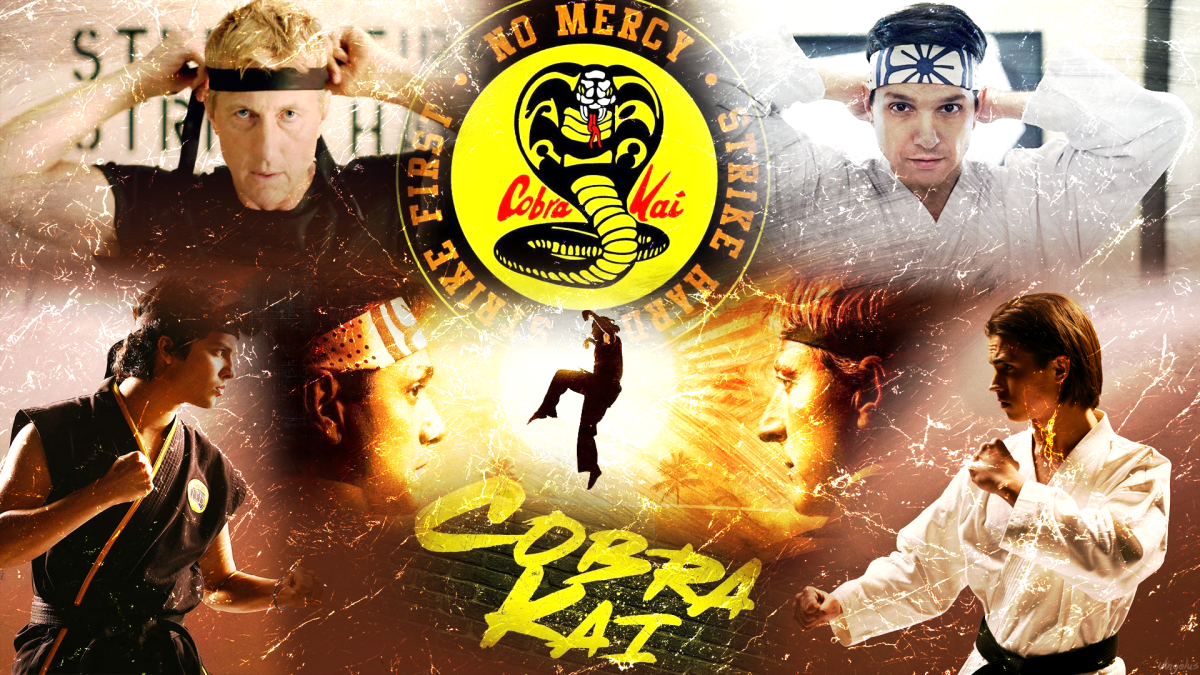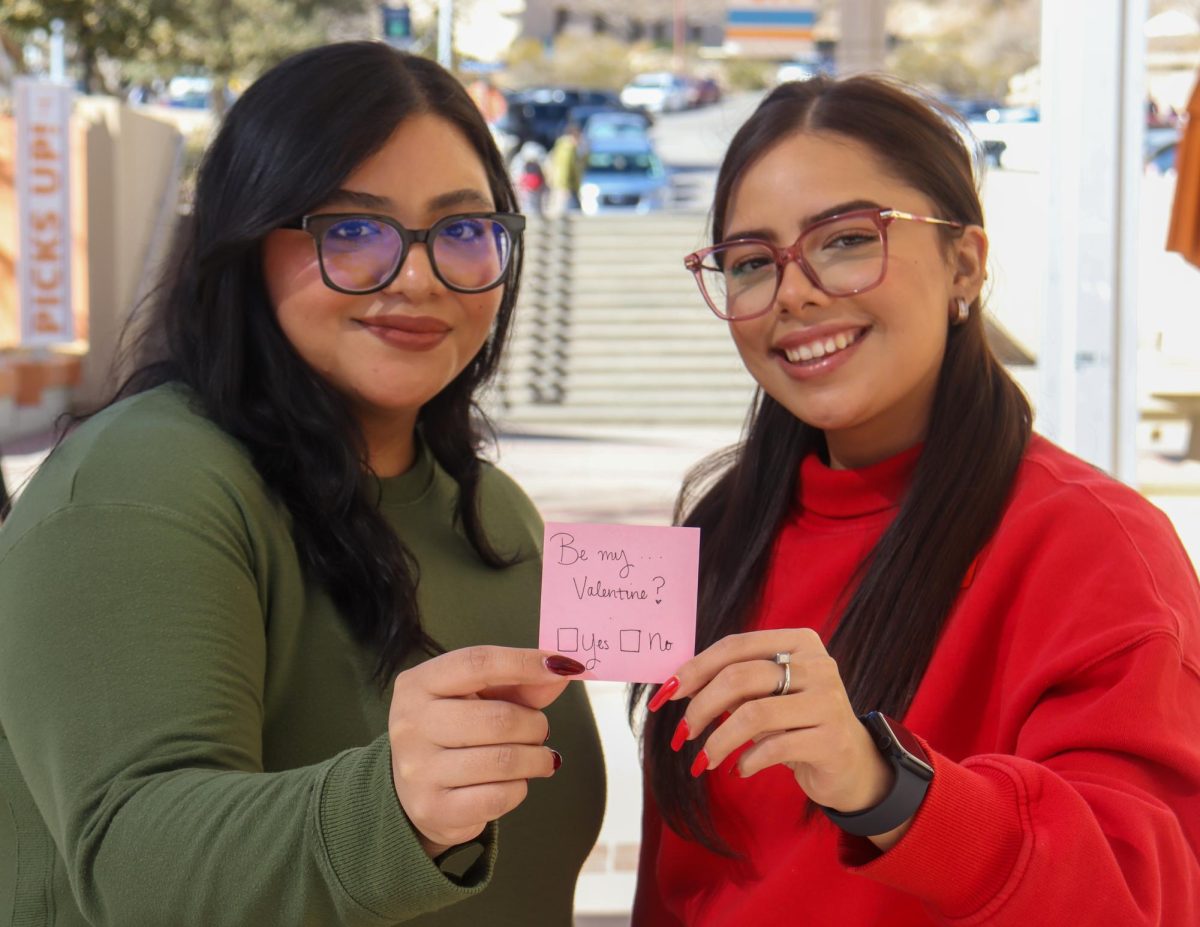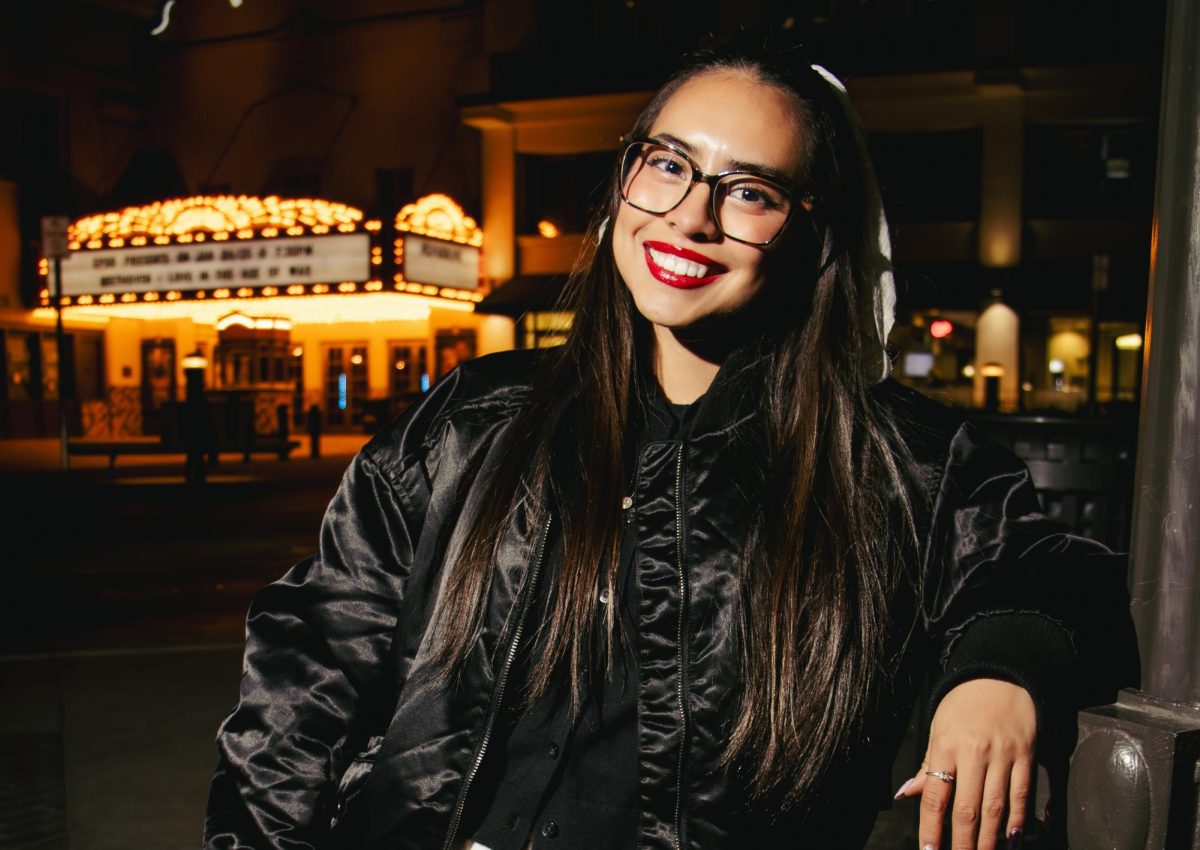Culture shock is how sociologists define the feelings of surprise, confusion and disorientation that result from living in a foreign country. It happened to me in several aspects regarding food, entertainment or lifestyle. I have been living for more than a year now in El Paso and I’m still surprised by the way people celebrate some holidays here such as Halloween, and even more in a city with such a big Mexican influence like El Paso, where another celebration takes place just the very next day.
In Perú, my home country, Halloween started to be celebrated in the mid ‘70s, and the first problem this holiday had to deal with was that it takes place on the same day we celebrate the “criolla” music day, which is a really traditional Peruvian type of music. Despite the initial problems, Halloween is still pretty popular. Obviously, it’s not as big as in the US. Last year, according to the National Retail Federation (NRF), almost $3 billion were spent in costumes and more than $300 million in costumes for pets. On average, every person who celebrates Halloween in the US spent around $27.85 in buying or making a costume, and that’s only one aspect of Halloween. When decorations, candy, among other things, are considered, approximately, $7 billion were invested in Halloween celebrations in 2013.
Like in Mexico, Día de los Muertos is also celebrated in Perú from ancient times. The first reports are from 1615, according to the notes from notable Peruvian chronicler Guaman Poma de Ayala. Although it may be getting less popular in the recent times due migration from other provinces to Lima, most of the people in Lima still visit their relatives in the cemetery with food and musicians to play their favorite songs.
In México, the celebration is even bigger. According to Mexico City’s chamber of commerce, services and tourism, 41 percent of the city’s population is involved in the celebration, They are willing to spend around 300 million pesos. Around 15 percent of the population said that they will only go to church and 5 percent stated they did not want to be part of this colorful holiday.
Despite this superficial exposure of Halloween and Día de los Muertos, I found both celebrations really important for both cultures. They provide a good opportunity to bind together friendship, family and even society. As for me, it’s a good opportunity to discover and understand better the life in between two cultures.
Gianfranco Lenguasco may be reached at [email protected].





